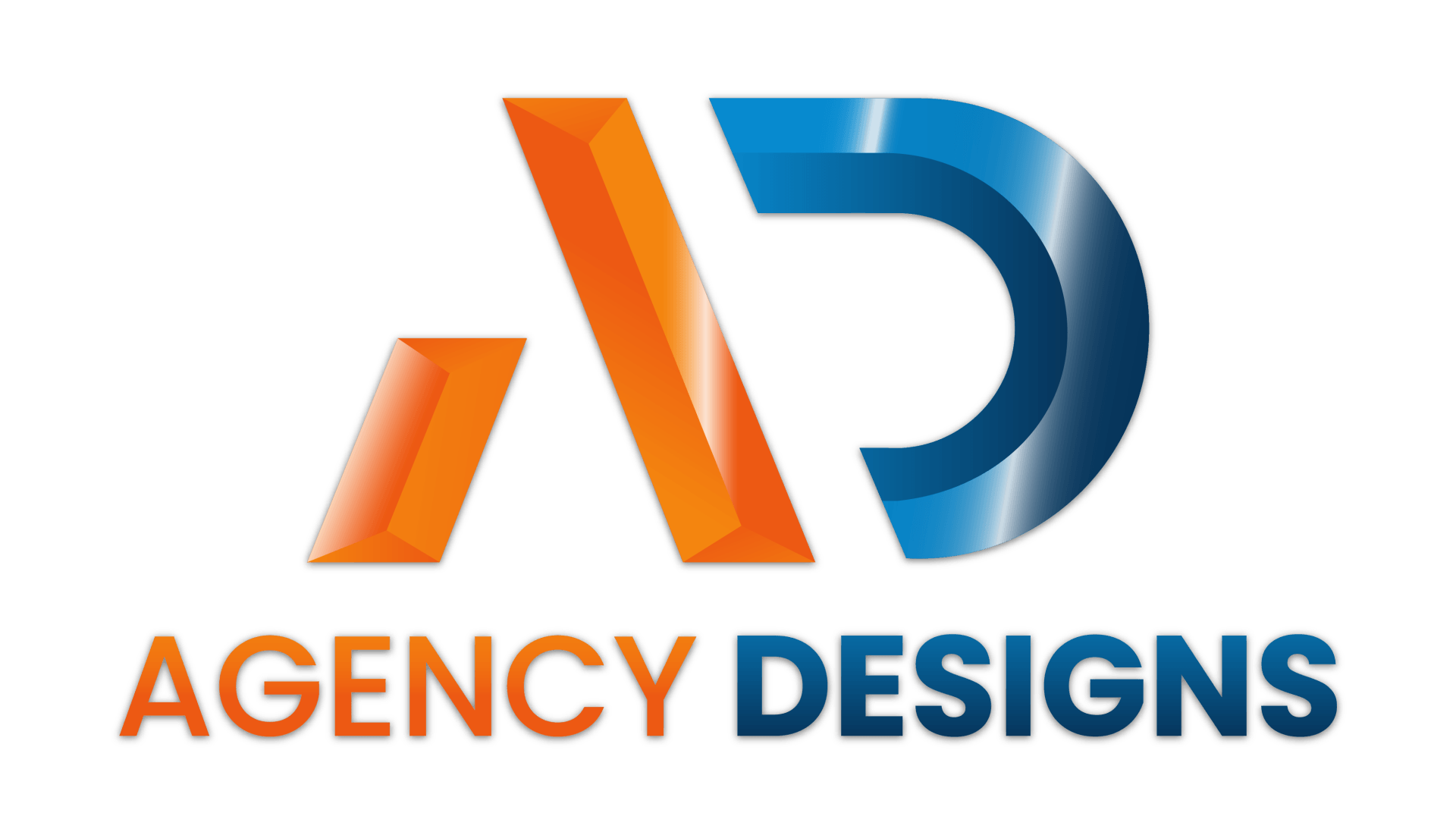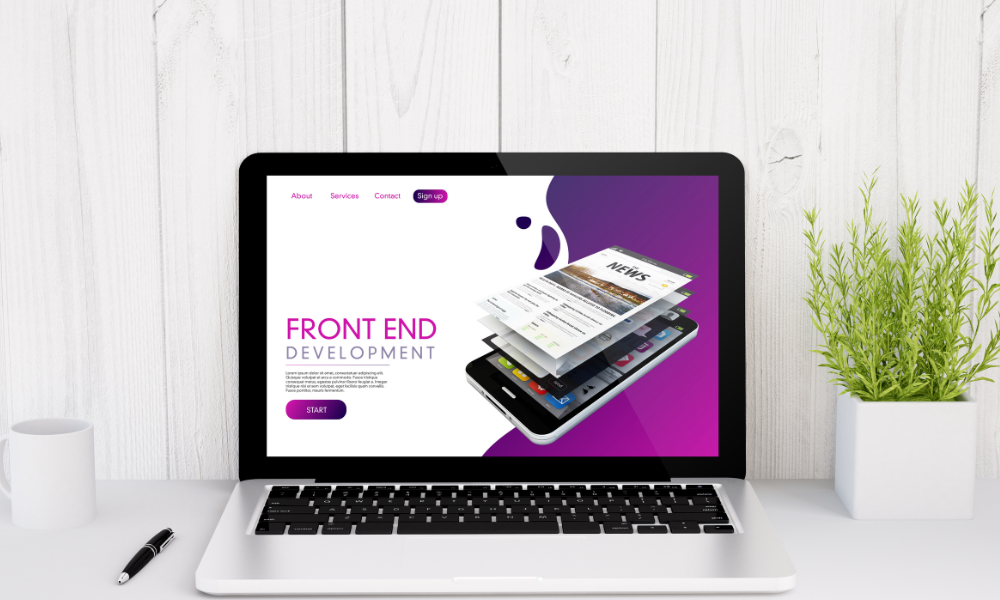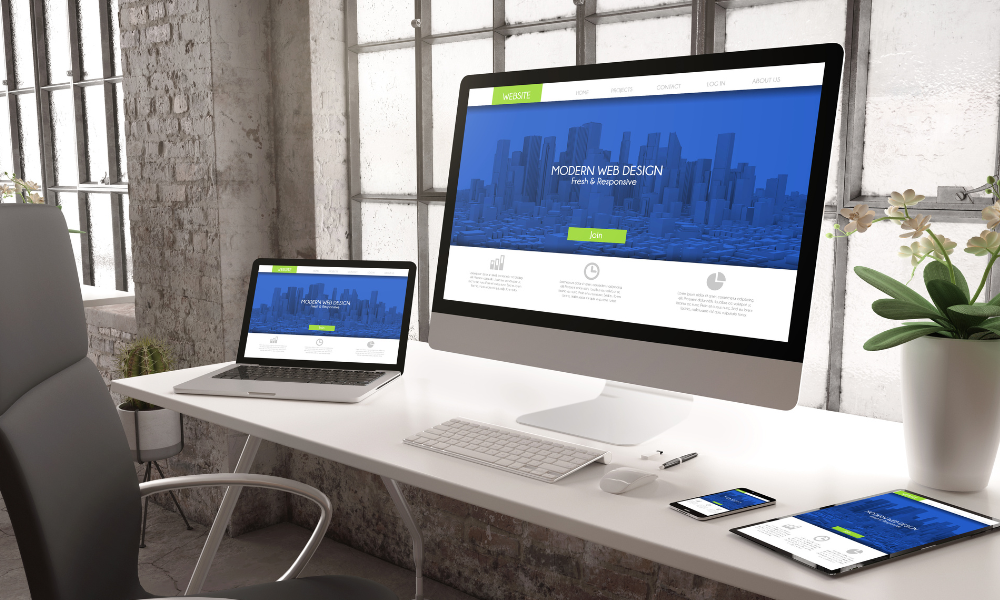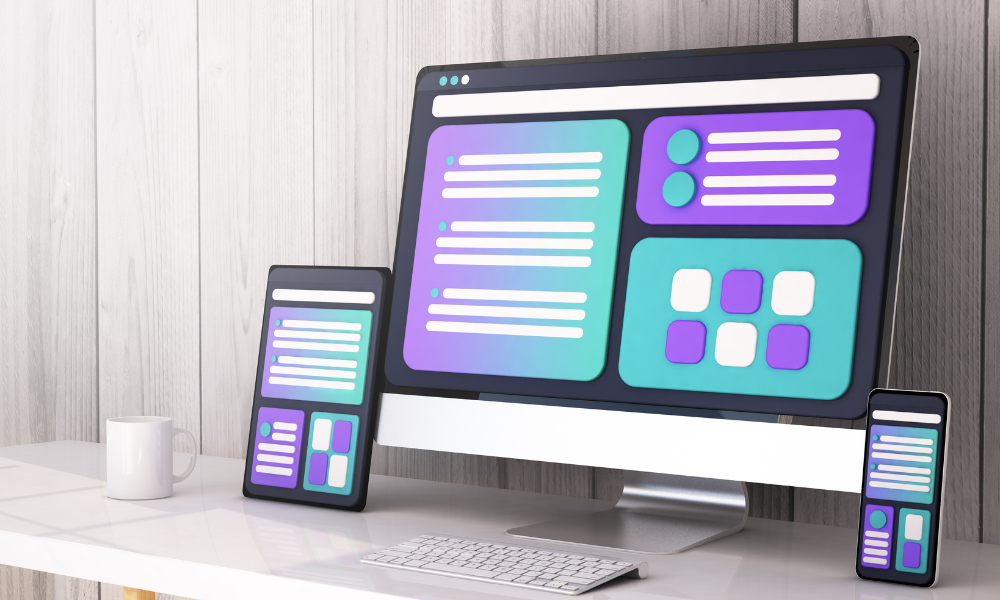Top White Label Web Design Techniques for Enhanced User Experience
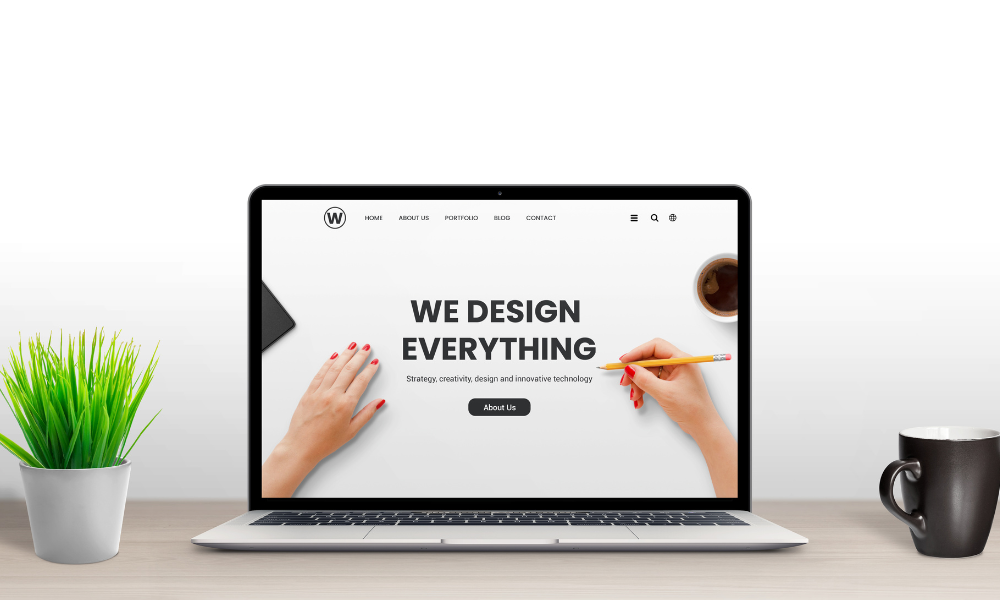
Designing websites with a strong focus on user experience can greatly impact how visitors perceive and interact with those sites. It’s about creating an environment where users feel comfortable, where navigation is a breeze, and information is accessible. For agencies, delivering this level of engagement through white label web design can transform client satisfaction. By focusing on specific techniques, agencies can offer clients powerful websites that not only look great but also function seamlessly.
Understanding user experience means appreciating the little things that can make a big difference in website design. It involves components like responsive layouts, clear navigation, and fast-loading pages. All these elements come together to craft an enjoyable and efficient digital space. These aspects hold significant value not just for the end-users but for the agencies aiming to provide top-notch services. Now, let’s break down some tried-and-true techniques to enhance user experience through white label web design.
Intuitive Navigation and Structure
A well-constructed navigation system acts like a roadmap for users, guiding them effortlessly from one page to another. When navigation is simple and logical, visitors can find what they need without any trouble. A friendly navigation setup enhances the experience and encourages users to spend more time exploring a site.
Creating intuitive navigation starts with understanding user behavior. Asking questions like, “What information is most important for users?” and “How can I make this information easy to access?” helps strategize navigation. Building a menu that prioritizes essential information can work wonders. Use categories and subcategories to break down content logically. For example, if designing for an online bookstore, group all genres under a “Books” tab, then divide them into sections like Fiction, Non-Fiction, and so forth.
A website's structure also plays a vital role in keeping users engaged. Adopt a layout that balances visual appeal with functionality. Ensure that elements like headers, footers, and body content are organized so that visitors can predict where to find information. Utilize tools like breadcrumbs—a path of navigation links—to let users quickly see where they are and how to backtrack if needed. This approach creates a coherent, user-centered journey through the site.
Responsive Design Across Devices
Today, people access websites from many types of devices, from smartphones to tablets and desktops. This variety requires websites to be adaptable, maintaining usability no matter the screen size. A responsive design ensures that site visitors have a consistent experience, whether they're using a phone or a computer.
Getting a website to function well across all devices involves several key practices. Start by using flexible grids. These are layouts that automatically adjust to fit the size of the viewer’s screen. Incorporating flexible images that scale based on the device is also important to prevent slow load times and unnecessary scrolling. Another tip is to use media queries that help detect the type of device being used to direct appropriate stylesheets, ensuring text, buttons, and images display correctly.
The benefits of responsive design resonate with users, as they enjoy smoother interactions. For example, a shopping website that lets users easily add items to their cart from a phone enjoys higher conversion rates and fewer abandoned carts. That ease of use translates into customer loyalty, which is a major bonus for any client. By focusing on such practical solutions, agencies can deliver websites that delight and perform beyond client expectations.
Fast Loading Times
Speed is crucial when it comes to user experience. Users expect websites to load quickly, and a delay can lead to frustration and even an increase in bounce rates. Quick load times improve user retention, enhancing overall satisfaction. A few smart adjustments can significantly boost a website's speed.
Here are some practical tips to get those pages loading faster:
- Optimize Images: Compress images without sacrificing quality. This can drastically reduce file size and loading time.
- Leverage Browser Caching: Implement caching to store site data in a user's browser. This way, the site doesn't have to load all over again with each visit.
- Minify CSS and JavaScript: Removing unnecessary code, spaces, and comments can streamline resources, making them load quicker.
- Use a Content Delivery Network (CDN): A CDN distributes your site’s content across multiple locations worldwide, reducing the distance data must travel to each user.
- Reduce Server Response Time: Choose a reliable hosting provider with fast servers to enhance speed.
Implementing these strategies can lead to noticeable improvements that users will appreciate, providing a smoother and more efficient online experience.
Clear and Compelling Call-to-Actions
Creating effective call-to-action (CTA) buttons is key in guiding users towards desired outcomes. These buttons encourage user engagement, whether it's making a purchase, signing up for a newsletter, or downloading a resource. Crafting compelling CTAs is both an art and a science, involving attention to placement, design, and wording.
To make CTAs impactful, consider the following:
- Placement: Position CTAs where they naturally fit in the flow of a page. Near the top for immediate actions, or after users have had a chance to digest content when more context is needed.
- Design: Use contrasting colors and clear fonts so CTAs stand out. A button should draw the eye without disrupting the overall design.
- Text: Keep the wording direct and action-oriented. Words like "Join," "Get," or "Discover" can prompt users to click.
A site with thoughtfully placed and well-designed CTAs directs users toward the site’s goals effectively, benefiting both the agency and its clients.
Accessible and Inclusive Design
Accessibility in web design is about creating a site that everyone can use, including people with disabilities. An accessible site broadens reach and improves usability for all visitors, representing a more inclusive digital approach.
Here’s how to enhance accessibility:
- Use Alt Text for Images: Provide descriptions for images, which help screen readers convey what visually-impaired users cannot see.
- Keyboard Navigation: Make sure all functionalities are accessible with a keyboard, as some users might not be able to use a mouse.
- Readable Text Colors and Sizes: Ensure sufficient contrast and legible font sizes.
- Descriptive Link Text: Use clear labels for links that describe their purpose, avoiding generic phrases like “click here.”
By implementing these practices, agencies can create inclusive websites that reach a broader audience. This not just fulfills a moral obligation but also showcases the agency's commitment to serving diverse customer needs.
Ensuring Consistency in Design Elements
Consistency in design establishes trust and predictability, making navigation easier. When users know what to expect, they navigate more confidently and stay engaged longer.
Maintaining a consistent design involves:
- Color Schemes: Stick to a defined palette across the site for cohesion.
- Font Use: Limit variations in font style and size to create a familiar reading experience.
- Layout: Keep structural elements like headers, footers, and menus in the same locations across pages.
A consistent design not only makes a site more visually appealing but also enhances usability. It reduces friction and helps users complete tasks more easily.
Enhance Web Design with Seamless User Experience and White Label Solutions
Focusing on enhancing user experience through these strategies ensures that web design not only looks appealing but functions seamlessly as well. From speedy load times to accessible interfaces, these concepts come together to form a robust web presence. Showcasing intuitive interactions and inclusive design reflects an understanding of user needs, positioning any agency as a forward-thinking leader in digital solutions.
Implementing these techniques can set agencies apart, offering clients unrivaled service in web design. When executed well, these enhancements lead to satisfied clients and ultimately more successful projects, paving the way for growth and innovation in the digital age.
Ready to elevate your agency's offerings? Embrace the advantages of white label web design to deliver superior experiences that set you apart. For dependable support in bringing these design practices to life, explore our solutions at Agency Designs. Discover how our commitment to excellence in
white label web design can enhance your projects through our services.
